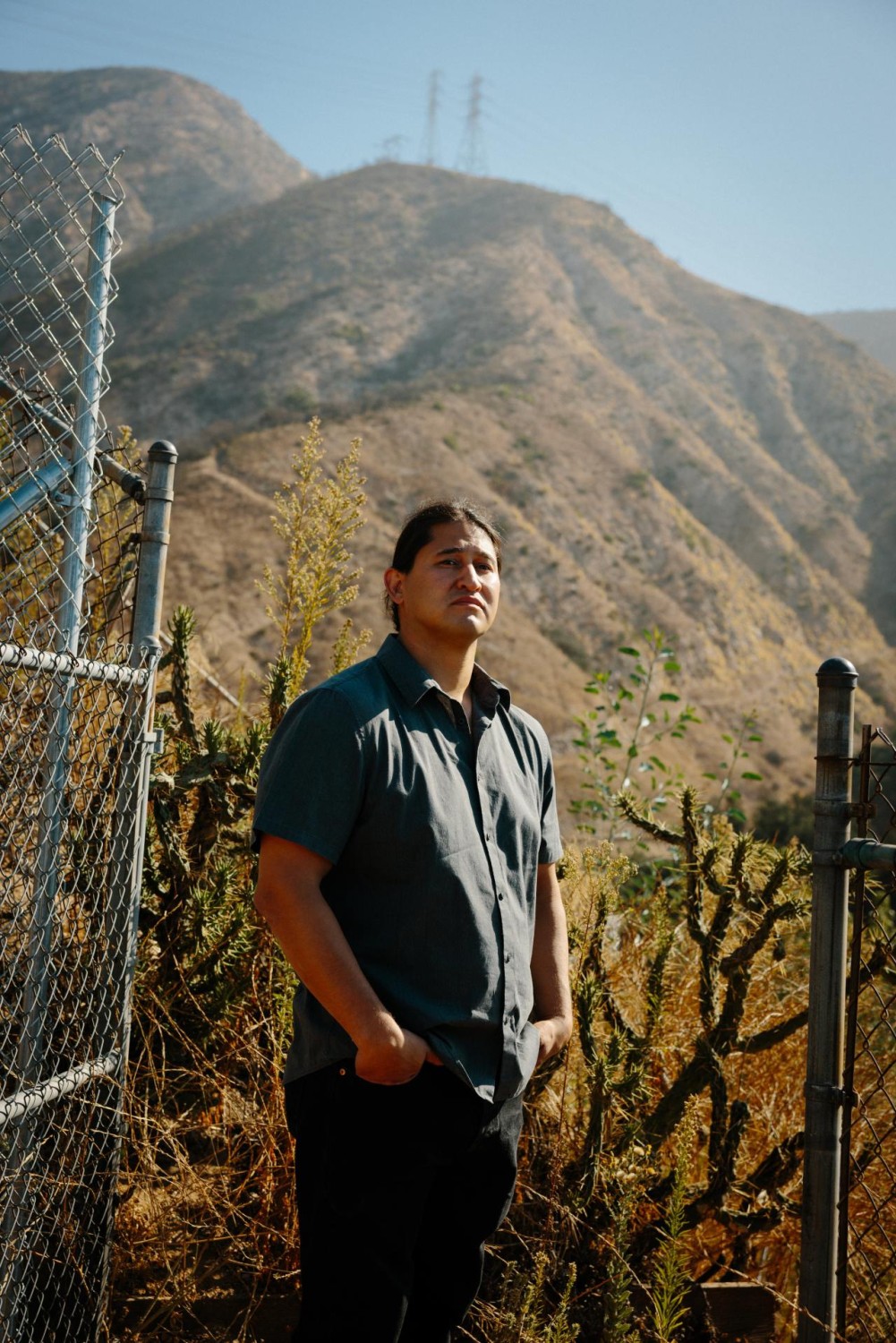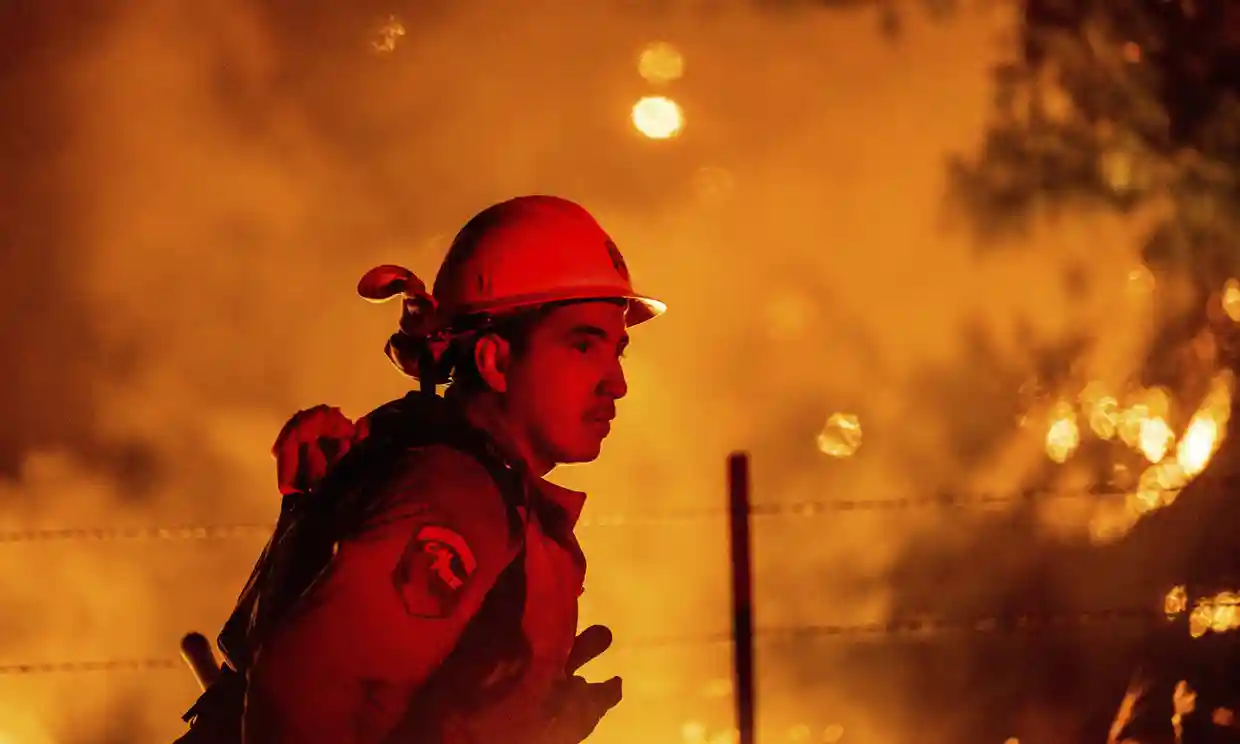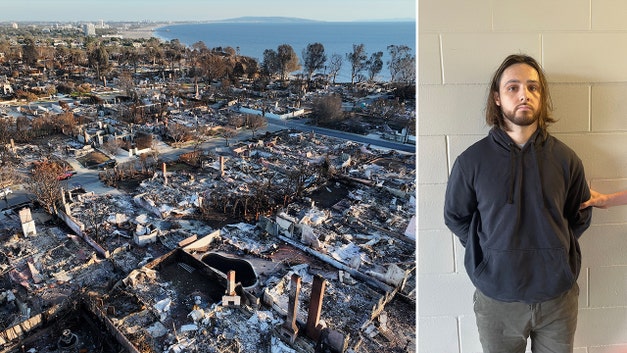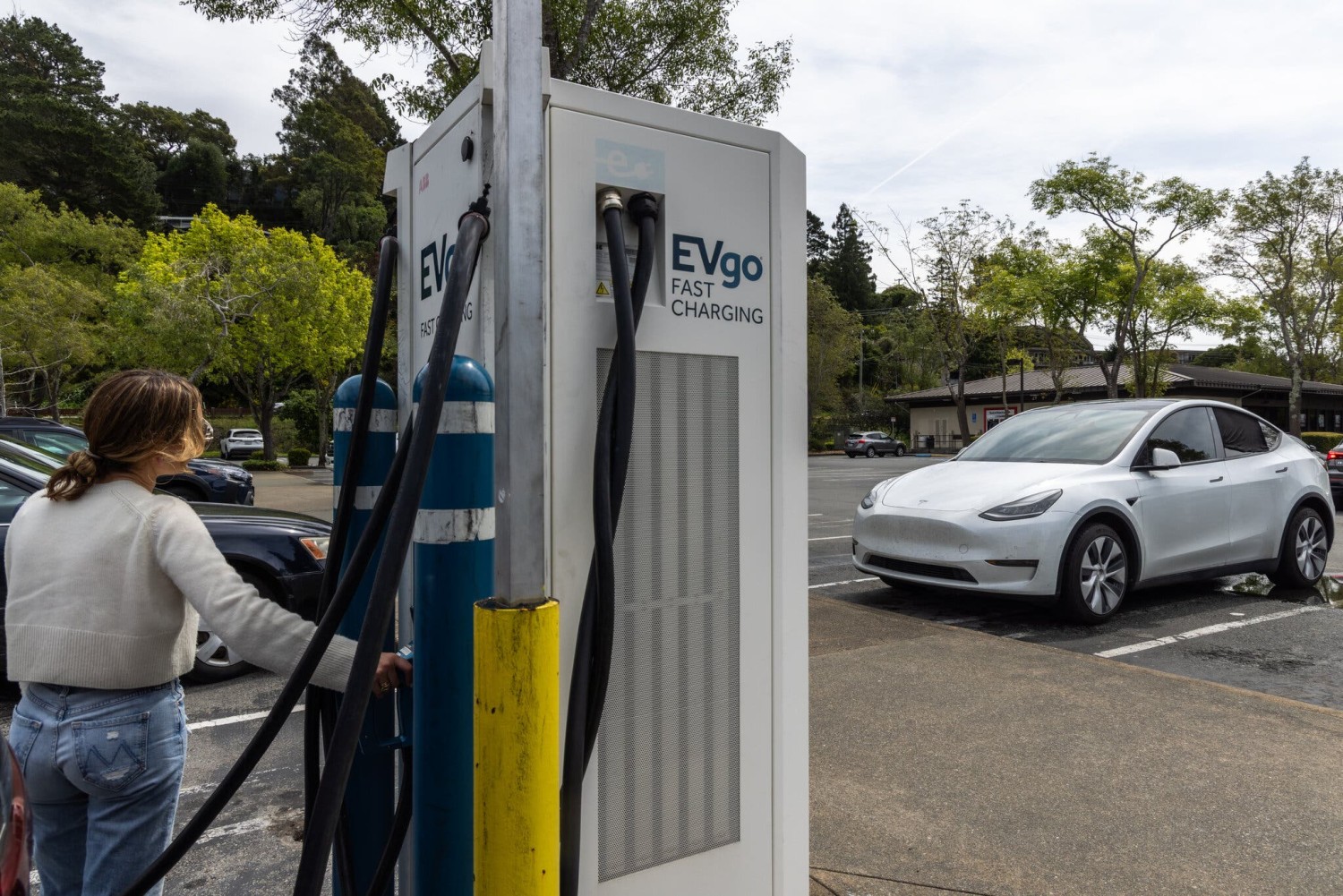
This article is more than
3 year oldCalifornia: explosive wildfire more than doubles in size overnight

An explosive wildfire that erupted in California on Fourth of July more than doubled in size overnight, quickly consuming more than 3,000 acres by Tuesday morning.
The fast-moving Electra fire, burning through the dried grasses and steep, rugged terrain east of Sacramento has forced hundreds of evacuations and continues to pose threats to critical power infrastructure according to officials with the California department of forestry and fire protection (CalFire).
What caused the blaze, which ignited in the afternoon, is still under investigation but officials said fireworks or a barbecue could be a possibility. It is just one of dozens burning in the parched American west that is bracing for another intense wildfire season. With months left before wildfire activity typically peaks in the region, more than 4.5m acres have burned across the US – an amount more than double the 10-year average for this time of year, according to the national interagency fire center (NIFC).
The Electra fire, which officials said on Monday was “burning at a dangerous rate of spread”, and remains at 0% containment, forced holiday revelers in the area to flee. Roughly 100 people celebrating at a recreation area known as Vox Beach along a river in the area had to seek refuge in a nearby Pacific Gas & Electric Co facility, said Gary Redman, sheriff of Amador country, east of Sacramento.
“The trees keep going down,” Redman told the Associated Press late on Monday, explaining why the evacuees had to remain in the facility for hours into the evening. “The whole place is on fire.” Firefighters had to work to clear a path to the facility so that a bus or patrol cars could be brought in to carry people out. They were safely evacuated, along with PG&E employees, about 9.30pm.
The utility company said the fire had also affected power for roughly 13,100 customers in parts of Amador county and that several distribution lines had been de-energized to protect firefighters battling the blaze, at CalFire’s request.
Read More (...)




